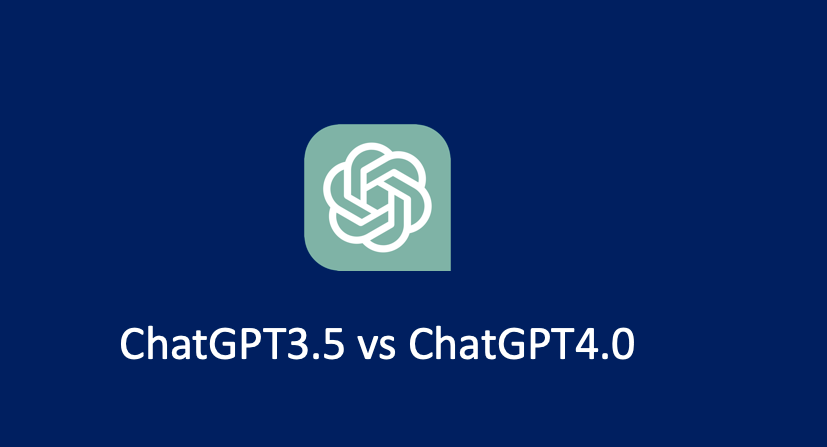Artificial Intelligence (AI) has made significant strides in natural language processing, leading to the development of advanced language models like OpenAI’s GPT-4 and ChatGPT-3.5. These AI models have the ability to generate human-like text and engage in conversational interactions. While they share similarities in their underlying technology, there are distinct differences between GPT-4 and ChatGPT-3.5 in terms of their intended use cases and capabilities.
GPT-4, as the next iteration in the GPT series, represents a significant advancement in AI language models. It is designed to generate coherent and contextually relevant text across a wide range of topics. GPT-4 is built on a massive dataset, allowing it to grasp a broad understanding of human language and generate high-quality responses. Its capabilities extend beyond basic text generation, with the potential to perform complex tasks like summarization, translation, and even code generation.
On the other hand, ChatGPT-3.5 is specifically developed to facilitate interactive and conversational experiences. It excels at engaging in dialogue, providing helpful responses, and simulating human-like conversation. ChatGPT-3.5 is trained on a diverse dataset that includes conversational data, enabling it to understand and respond appropriately to user inputs. Its primary objective is to provide interactive assistance and hold coherent conversations with users, making it ideal for chatbot applications and customer support services.

While both GPT-4 and ChatGPT-3.5 are impressive language models, there are notable distinctions between them. GPT-4 prioritizes general text generation and exhibits a broader understanding of various topics. It excels at generating long-form content and demonstrates an ability to generate original ideas and narratives. In contrast, ChatGPT-3.5 focuses on interactive conversation and performs well in situations that require dynamic back-and-forth interactions with users.
Another distinction lies in the training methods and datasets used for each model. GPT-4 benefits from extensive training on vast amounts of text data from the internet, allowing it to capture a wide range of language patterns and nuances. ChatGPT-3.5, on the other hand, leverages conversational data specifically curated to enhance its ability to engage in dialogue. This tailored training helps ChatGPT-3.5 excel in conversational scenarios by providing relevant and context-aware responses.
It is important to note that while GPT-4 and ChatGPT-3.5 have their respective strengths, they also have limitations. Both models may occasionally produce incorrect or nonsensical responses, and they may exhibit biases present in the training data. OpenAI is continuously working to address these limitations and improve the models’ performance, transparency, and fairness.
In summary, GPT-4 and ChatGPT-3.5 represent advancements in AI language models, with each serving different purposes. GPT-4 focuses on general text generation, while ChatGPT-3.5 specializes in interactive conversation. Understanding the distinctions between these models allows developers and users to choose the most appropriate model for their specific use cases, leveraging the power of AI to enhance communication and information exchange.

